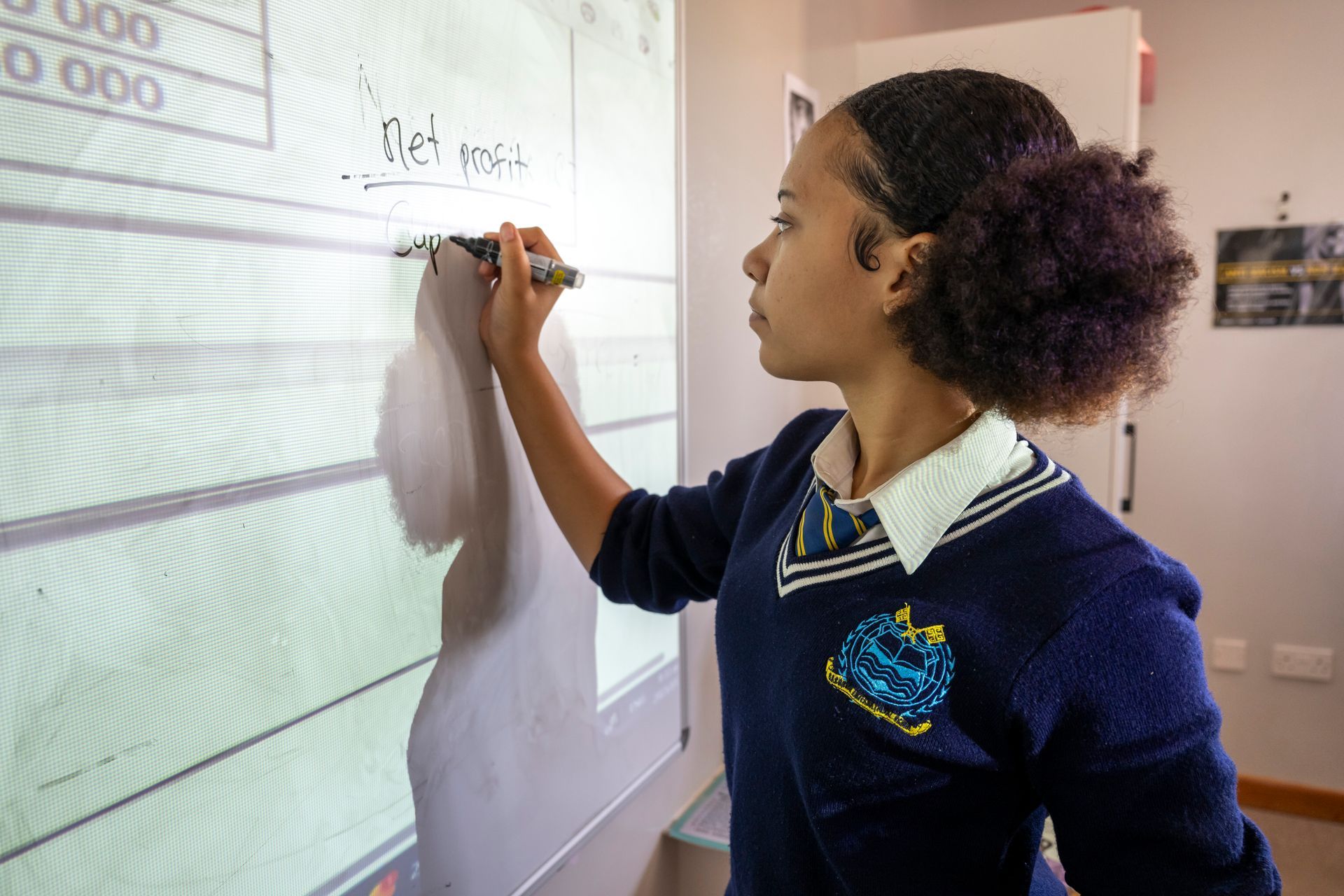The importance of learning how to swim
The Importance of Teaching Your Child to Swim
According to the National Safe Kids Campaign , “drowning is the second leading cause of unintentional injury-related death to children ages 1 – 14, making it absolutely crucial that all kids know how to swim at a young age. There is water all around us, even if it’s as small as a bathtub, so making sure that your child is comfortable in and around water is essential to their safety”. It is also important to remember that children who appear to be water confident are not always competent swimmers, that’s why we at Gaborone International School encourage parents to get involved and enrol themselves together with their children in swimming lessons to at least learn the preliminaries of swimming. Another great thing about swimming is that children of any age or ability can take part and it is more accessible for children with special needs than any other sport.
When Can My Child Start Swimming?
Some parents have actually set an age for their children to start learning how to swim, while other parents don’t find it necessary to teach their kids how to swim. What most parents don’t know is that a child has the ability to swim as soon as they can open their eyes after birth. Of course, young children will need some help getting started. You can help your child get used to the water by filling a small cup with warm water and pouring it over their shoulders and head. You can also let them play in the bathtub with toys and bubbles.
What are the Benefits of Teaching Your Child how to Swim?
There are many reasons why it's important to teach your child to swim. Swimming can help to:
- Keep your child safe.
As mentioned earlier, drowning is a leading cause of death in children. By teaching your child to swim, you can help to reduce the risk of this happening.
- Improve your child's physical health
- Boost your child's self-confidence.
- Give your child a new hobby.
- Improve their mental health.
- Swimming can teach children self-discipline.
Swimming is a great way to get exercise. It can help to improve your child's strength, flexibility, and cardiovascular health.
Learning to swim can be a challenging but rewarding experience. When your child succeeds at learning to swim, it can help to boost their self-confidence and self-esteem
Swimming is a great way to stay active and have fun. It's also a great way to make friends.
Swimming can help to improve mental health in children. It can help to reduce stress, anxiety, and depression.
For example, it can teach them the importance of following instructions, working hard, and being patient.
What to Expect at Your First Swimming Lesson
It's important to remember that everyone learns at their own pace. Don't be discouraged if your child doesn't master all of the skills in their first lesson. Just keep practicing and your child will eventually learn to swim.
Swimming is a great skill for kids to learn. It can help to keep them safe, improve their physical health, and boost their self-confidence. At Gaborone International School we care about your child’s safety, happiness and health. Enrol
today for peace of mind.



